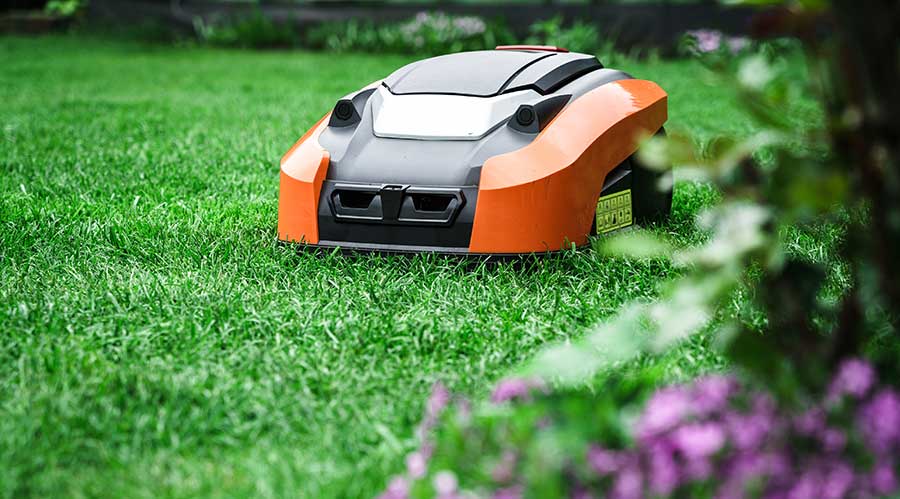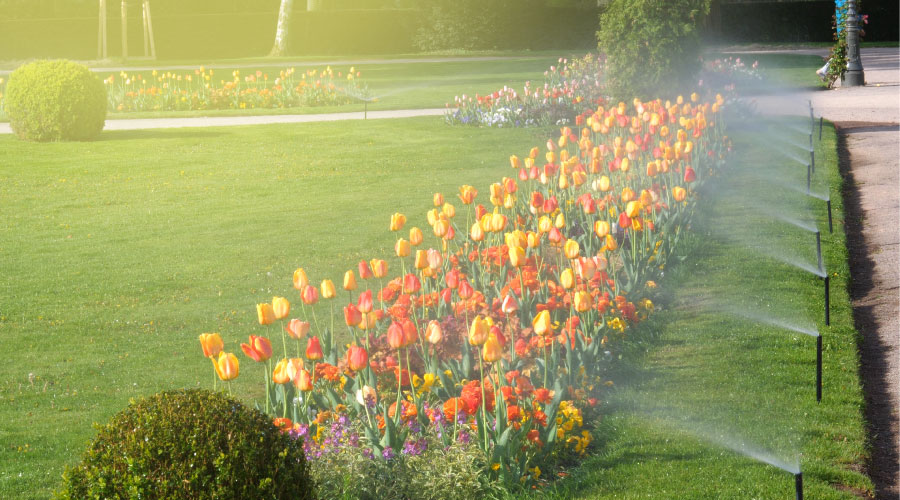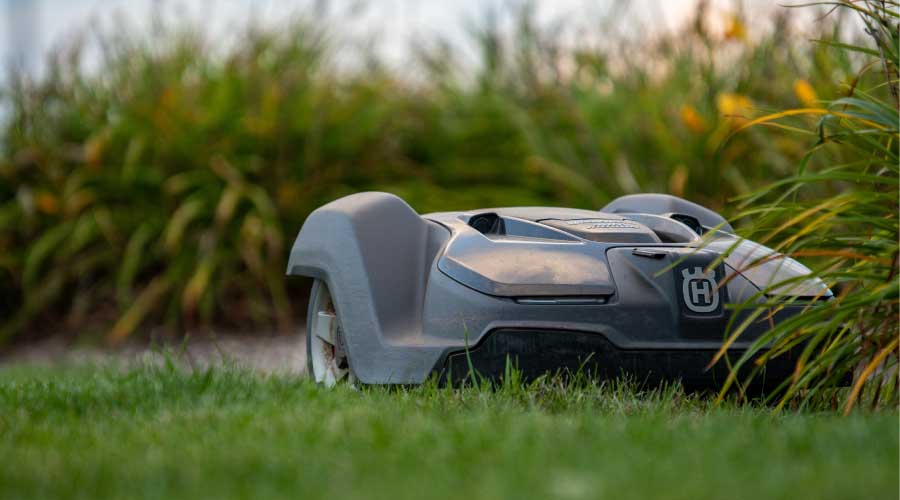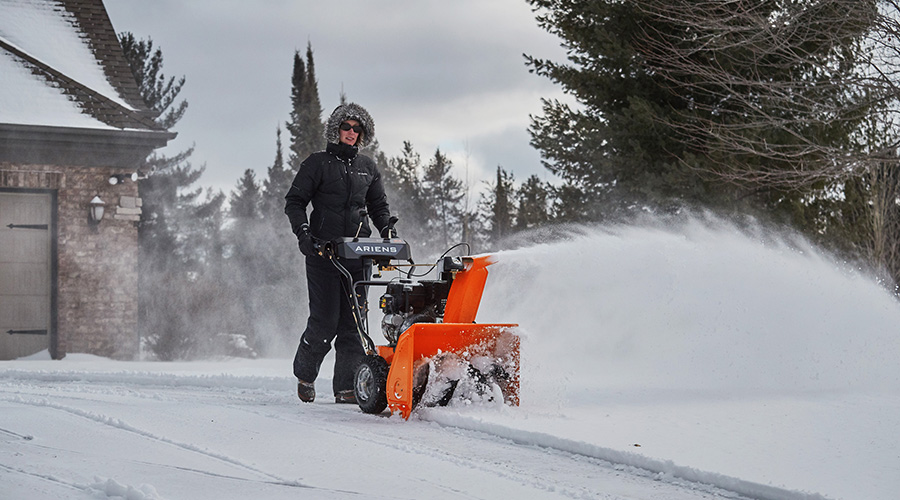Trend Watch: Mower Efficiency Continues to Improve
Part 4 of a 4 part article on the specification process for grounds equipment
Similar to the automobile industry, landscaping equipment manufacturers have produced more efficient and user-friendly mowers for institutional and commercial facilities in recent years.
For example, one increasingly popular line of standup mowers allows operators to perform several different functions with the flip of a switch. Operators now can go from mulching to side discharging in a matter of seconds.
In addition to standup mowers, zero-turn riding lawn mowers are in high demand. Since zero-turn mowers drive faster and pivot in a180-degree motion, they produce even-looking landscapes and leave no uncut grass to go back and trim.
Zero-turn mowers also offer a multitude of different attachments. One of the most common attachments is the bagging system that allows users to collect grass clippings while mowing. Other attachments that zero-turn mowers feature are spreaders, dump carts, lawn dethatchers, sprayers and rollers. The mowers also offer attachments that accommodate winter grounds care activities, such as snow removal.
Cost-wise, since standup mowers and zero-turn mowers are relatively new to the market, their price points are much higher than traditional lawn mowers. But while there are a limited number of standup mowers models, there are several makes and models of zero-turn mowers, making them a less expensive investment for managers.
— Mike Fitzpatrick
Related Topics:















